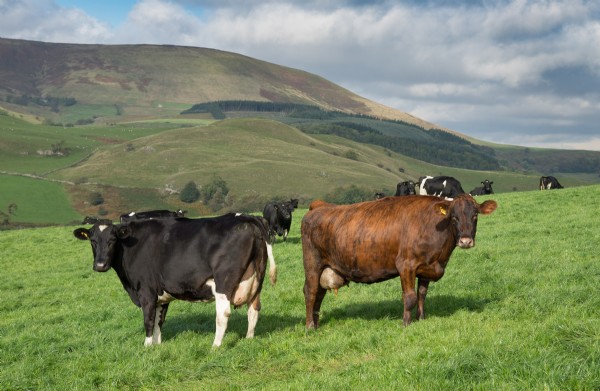

Adding to existing pastures by overseeding sowing grasses or clovers into an existing sward can be an economical way to make a field more productive. It’s important to get the detail right however, because new seeds will have a high degree of competition from existing species, making successful establishment more difficult.
Timing & Preparation
Overseeding should be carried out when soil temperatures are reasonably warm (above 7). This is usually from March to September, depending on weather conditions. The existing sward should be knocked back as much as possible to reduce the amount of competition. It can be grazed or cut and harrowed before sowing the seed.
Sowing
Seed can be broadcast or direct drilled depending on the equipment available. Direct drilling is useful if there is a lack of moisture on the surface and broadcasting is an effective way of ensuring seed is not placed too deeply, especially if clover is included.
Management
The new seed should be given time to establish before reintroducing stock. Grazing newly established seedlings too early is likely to damage them by ripping them up from the root. At least five weeks should be allowed before a light graze.
Seed Mixtures
We usually recommend vigorous large seeded species that are aggressive and will compete with the existing sward. These include tetraploid perennial and hybrid and Italian ryegrasses. Other species, such as cocksfoot or clover, may be required for better drought tolerance, but are less competitive and should only be sown when the existing grasses are significantly knocked back before overseeding.
Clover can be introduced into a sward to increase protein levels and fix nitrogen. Often 2kgs of clover is sufficient. Ensure soils are warm when introducing legumes.
5 Top Tips for Over-seeding:
- Harrow the existing sward vigorously before sowing in order to reduce competition and open up new space and soil for the seeds.
- Do not sow clovers too deeply, it’s the number one cause of poor establishment!
- Keep an eye on the weather and ideally plant just before prolonged rain is forecast.
- Roll the area to lock in moisture and create good seed to soil contact.
- Before introducing stock, carry out the ‘pluck or rip test’. If you can pull up roots, allow seedlings longer to establish good root anchorage.
Date Posted: 30th March 2017



